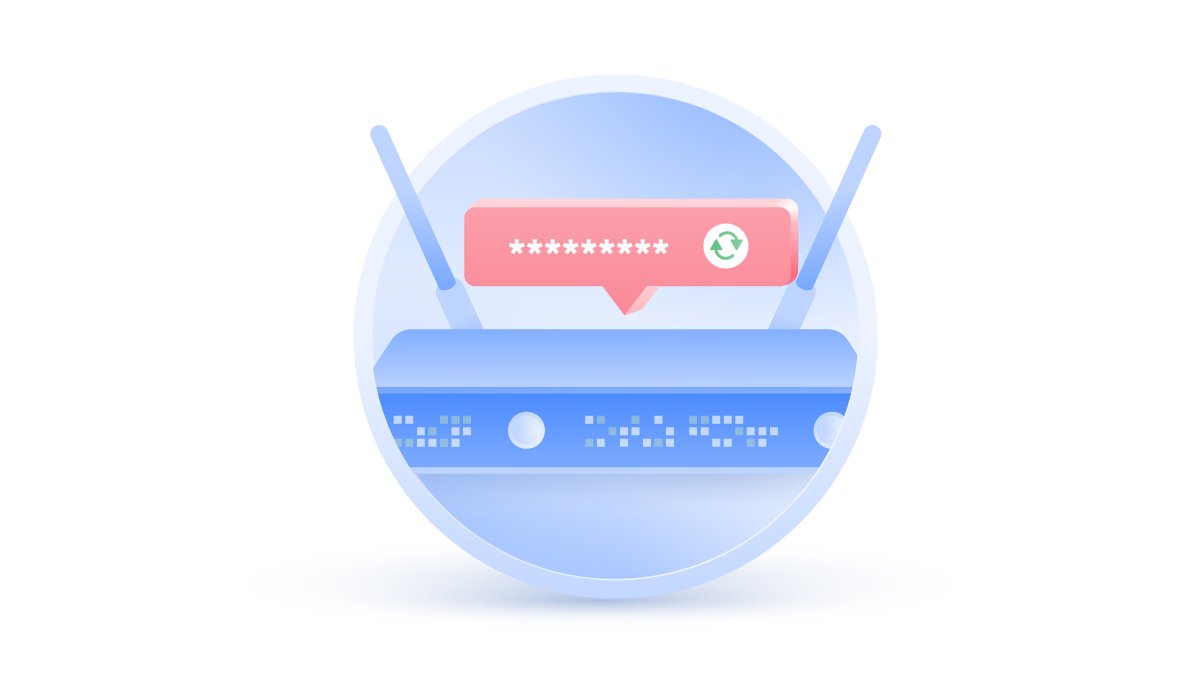What is a computer worm?
While at first seeming as harmless as the name implies, a computer worm can unfortunately disrupt your devices if allowed to spread. This sneaky piece of malware will slip unnoticed into your system and wreak havoc under your very nose. Here’s how to prevent this from happening to you.
Charles Whitmore
Nov 03, 2021 · 3 min read

The computer worm
The computer worm is one of the oldest forms of malware, with the first worm being a harmless program that spread between computers and left a message taunting the user of its presence. The worm is designed to copy itself and spread across whichever device it has infected.
Unfortunately, this self-replicating feature would prove to have a darker purpose. A worm can carry payloads of malicious code that can damage your devices’ systems. One of the most dangerous features of the computer worm is that it doesn’t require any human interaction to spread. Once it’s found a way into your system, it will quietly begin to sweep across your hard drive.
How do computer worms spread?
Worms are insidious pieces of malware that often rely on exploiting parts of an operating system that are usually unknown to the user. Once their presence is finally known, the damage has already been done.
Worms, like other pieces of malware, can be spread through several methods.
- Computer networks. Any device that has shared access can fall victim to a worm infection.
- Phishing attacks. Many unfortunate users are tricked by phishing attacks into clicking a dodgy link or accidentally downloading malware.
- Out-of-date software. Worms exploit operation system loopholes. If you run on out-of-date software, some security concerns may not have been patched.
Types of computer worm
The types of computer worms are usually categorized by the method with which they spread.
Internet worms
These worms scan the net for vulnerable computers to infect. The worm can then go on to infect other Local Area Network connections.
Instant messaging worms
Usually, a malicious link or attachment is sent to a potential victim via an instant message. The link will be accompanied by a message trying to bait the user into clicking the link. Once a device is infected, it will send that same message to everyone on your contact list.
Email worms
The same method of infection as instant messaging, an email will try to entice the user into clicking a link or downloading a file. Even if the message is from someone on your contact list, always be wary.
File-sharing worms
These worms are often disguised as different media files to trick users into downloading them from peer-to-peer file-sharing sites. Once the user opens the file, the worm has made its way in.
Cryptoworm
This worm is normally used in conjunction with a ransomware attack. Once it’s found its way into a system, it spreads from file to file, encrypting each one and making it inaccessible to the host.
What’s the difference between a virus and a worm?
A computer virus and a worm both spread and disrupt a computer, but the main difference between the two is that the worm doesn’t need human activation or a host system.
A virus can stay dormant so long as the user doesn’t open the program. Once your system has a worm, it begins to spread without any prompting or need for activation.
What’s the difference between a trojan and a worm?
A computer worm and a trojan are similar in that they both rely on tricking a user into letting the malware in.
The trojan focuses on social engineering and tricking a user into activating a piece of software that opens a backdoor into their network. Once that backdoor is accessible, a whole host of nasty malware can be forced through. A hacker could even take control of your system through that door.
How to detect a computer worm
Once a computer worm’s infection has a large enough reach, your device will immediately begin to act abnormally. Some worms may delete files, drain through bandwidth, and slow down performance.
If you suspect something is wrong with your device, check your hard drive. Does it not have as much free space as you remember? Worms replicate themselves, so the space they take up will eventually be noticeable.
How to remove and prevent worms from sneaking into your devices
If you detect the presence of a worm, utilize your antivirus software immediately. Once your device has been scrubbed of infection, it’s time to make sure it doesn’t happen again. Don’t forget to check any device that may have been linked to the original host.
The best way to prevent worm infection is keeping up good cyber hygiene. Keep all your software up to date so you’re always running on the latest patches. Always be wary of suspicious emails and links. Don’t even open them — send them straight to the trash. If you keep up these habits, you’ll always be one step ahead of hackers.
Want to read more like this?
Get the latest news and tips from NordVPN.


